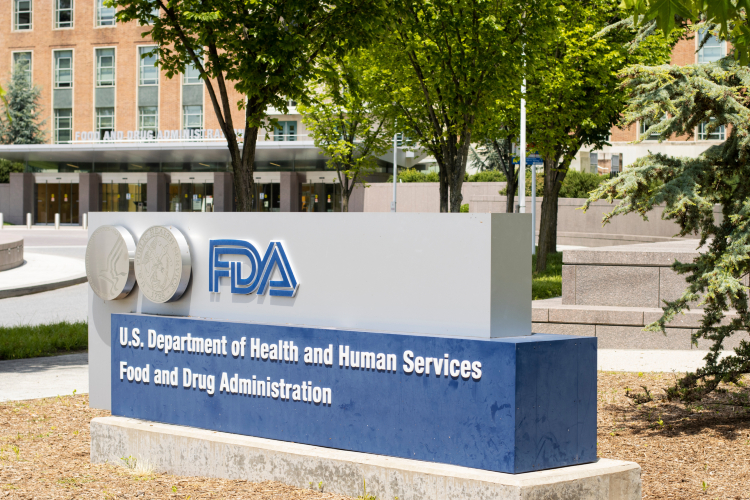FDA starts publishing daily adverse event data
US regulator says the move to open up the FAERS database will help modernise its safety monitoring.
The US Food and Drug Administration (FDA) has begun publishing adverse event (AE) data on a daily basis in a move designed to help modernise its safety monitoring.
It marks a substantial change from the previous quarterly reporting structure for information submitted by pharma companies, healthcare professionals and the public to the regulator’s FDA Adverse Event Reporting System (FAERS) database.
FDA Commissioner Marty Makary said: “Adverse event reporting should be fast, seamless and transparent. People who navigate the government’s clunky adverse event reporting websites should not have to wait months for that information to become public. We’re closing that waiting period and will continue to streamline the process from start to finish.”
The agency said offering near real-time access to its AE repository was evidence of its commitment to “radical transparency and real-time protection of public health”.
FAERS serves as the FDA’s main database for collecting and analysing AE reports, serious medication errors and product quality complaints for prescription drugs and therapeutic biologics.
The system receives over two million AE and medication error reports each year, but its use does come with a hefty disclaimer about a number of inherent limitations to the platform.
These include the acknowledgment that, while the reports provide valuable information, they may also contain “incomplete, inaccurate, untimely and/or unverified information”.
The disclaimer goes on to note: “The true incidence or prevalence of an event cannot be determined from this reporting system alone due to potential under-reporting and lack of information about frequency of use.”
Nevertheless, the FDA sees this change to how it makes safety information available as part of a broader modernisation and streamlining process that will identify safety signals faster.
The agency has also been looking to artificial intelligence to improve its safety review processes with the June 2025 launch of Elsa. The large language model-powered AI tool, which was rolled out ahead of schedule, has a number of intended uses, including summarising adverse events to support safety profile assessments.










